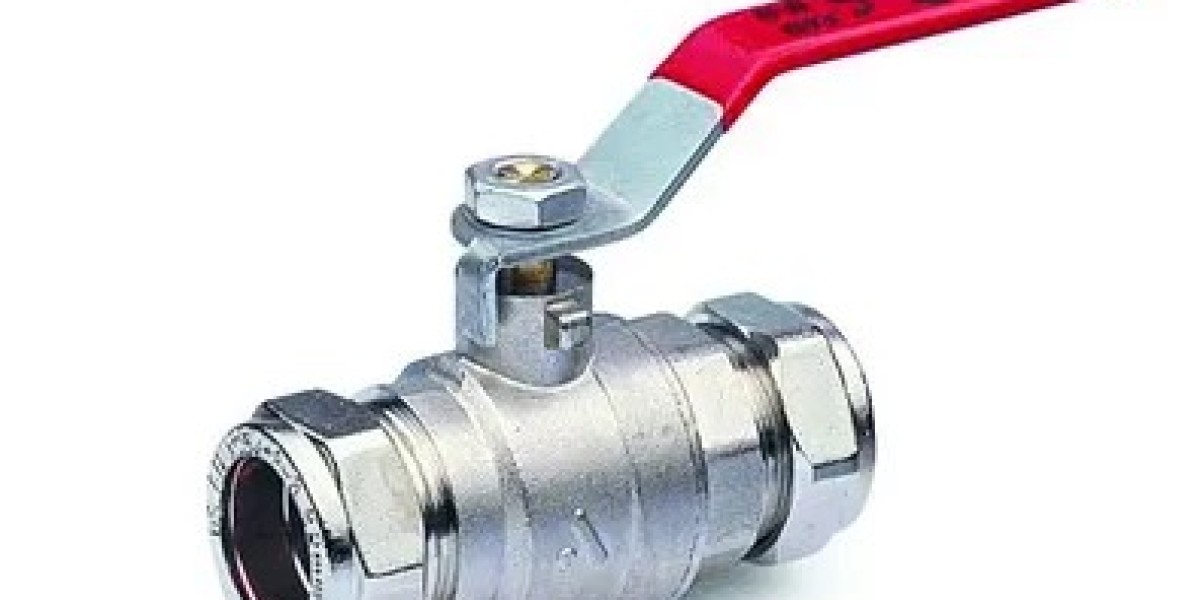In the intricate network of plumbing, precision and control are paramount. Enter compression ball valves – unsung heroes that play a pivotal role in regulating and directing the flow of fluids within plumbing systems. In this blog post, we'll explore compression ball valves' features, applications, and advantages, shedding light on their importance in achieving efficient and reliable fluid control.
Understanding Compression Ball Valves
Compression ball valves are mechanical devices that use a spherical ball with a hole to regulate the flow of liquids. The ball within the valve can be rotated using a handle, allowing seamless fluid passage control. Their incorporation of compression fittings sets compression ball valves apart, enabling quick and secure connections without soldering or threading.
Properties
Efficient Flow Control
The design of compression ball valves allows for precise control over the flow of fluids. Users can open, close, or partially restrict the passage by turning the handle, providing instant control over the plumbing system.
Durable Construction
Compression ball valves are typically constructed with durable materials such as brass or stainless steel, ensuring longevity and resistance to corrosion. This durability makes them suitable for various applications involving aggressive or corrosive fluids.
Compression Fittings
The inclusion of compression fittings simplifies the installation process. These fittings create a secure and leak-resistant connection without additional tools, making compression ball valves user-friendly and efficient.
Applications
Residential Plumbing
Compression ball valves find common use in residential plumbing systems, regulating water flow to fixtures such as faucets, toilets, and appliances. Their easy installation and reliable performance make them a staple in homes.
Commercial and Industrial Settings
The robust construction of compression ball valves makes them well-suited for more demanding environments. In commercial buildings, manufacturing facilities, and industrial plants, these valves control the flow of various fluids.
Heating and Cooling Systems
Compression ball valves are integral components in HVAC systems, where precise control of coolant or heating fluid is essential. Their ability to handle temperature variations and resist corrosion ensures reliable performance in these critical applications.
Advantages
Quick and Easy Installation
The compression fittings allow for swift and tool-free installation, reducing downtime and labour costs during plumbing projects.
Versatility
Compression ball valves are versatile and can be used with different pipe materials, enhancing their compatibility with various plumbing systems.
Reliable Flow Control
The ability to precisely control fluid flow ensures efficient operation and responsiveness in plumbing systems, contributing to their overall reliability.
Conclusion
Compression ball valves emerge as key players in the intricate dance of fluid dynamics within plumbing systems, offering efficient and reliable flow control. From residential applications to demanding industrial environments, their durable construction, easy installation, and precise operation make them indispensable components in achieving optimal plumbing performance. As the plumbing industry continues to evolve, compression ball valves stand firm as essential tools for those navigating the intricacies of fluid control.








